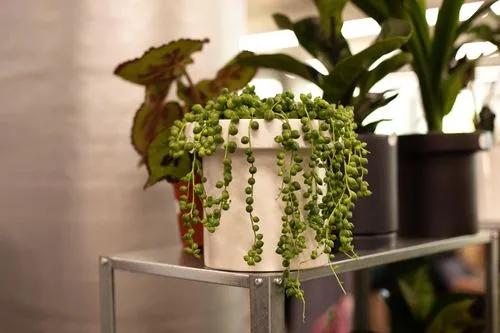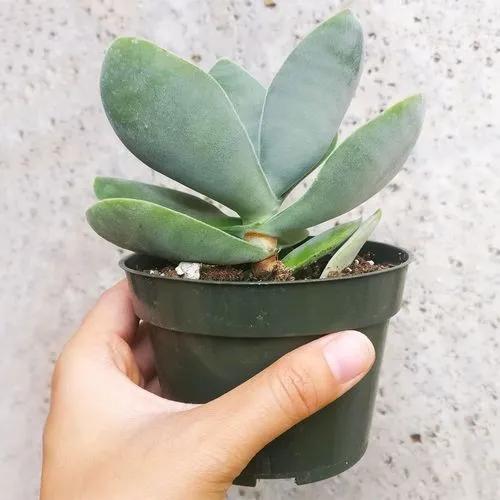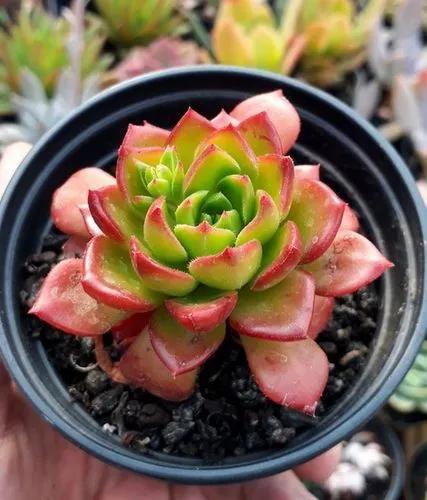Succulent plants are easy to love. Their ease of care, sunny dispositions and moderate growth habits make them perfect for warm seasons outdoors or well lit interiors. The Echeveria succulent plant is just such a specimen, thriving on brief periods of neglect and low water and nutrients. Echeveria care is practically foolproof and grows well in either containers or toasty garden beds. The many varieties and colors of Echeveria plants provide wonderful tones and texture for mixed beds and pots.
Echeveria Care
Echeveria



How to Care for the Plant

Water

When you water Echeveria, water the soil and not the rosette. Pour on the water until it drains out the bottom. Repeat this a couple times. Then don’t water again until the soil has dried out. You don’t want your plant to remain soaking wet all the time. To help prevent this, don’t let the pot sit in a saucer full of water. The time between watering depends on the temperatures and conditions of the plant.

Fertilizer

Fertilizer is not a continual requirement for Echeveria. Succulents grow natively in soil without a lot of nutrients. So, they are especially susceptible to fertilizer burn. However, they can benefit from the occasional extra boost. Use a slow-release fertilizer at the beginning of spring, or a liquid fertilizer diluted 2-4 times more than normal and used less often than recommended. Use a low nitrogen mix or a cactus fertilizer. Remember that it is a lot easier to over-fertilize succulents than to under-fertilize.

Sunlight

Like they’re used to in their native growing grounds, Echeveria like full sun. However, try to avoid these two things: drastic sunlight changes and summer afternoon full sun.

Soil

Like all succulents, Echeveria need soil that drains quickly. This helps prevent moisture from rotting the roots. Many growers will create their own special mixture of soil and perlite. However, good quality potting soil, or a cactus mix will work fine. As a rule of thumb, when you squeeze a handful of moist soil together, it should crumble apart again when released.

Temperature

n spring and summer, average to warm 65-80°F/18-27°C. Slightly cooler in fall and winter 55-75°F/13-24°C.

Container

Generally the smallest size possible, or something that is just bigger than the root ball is the right choice. People sometimes worry about overpotting. This is when you use a large container for a small plant. The potential problem is that greater soil volume can hold more moisture and lead to the risk of rot. However, the soil you use with succulents should have excellent drainage anyway and larger pots shouldn’t pose any problem. So, find the container that you think looks great, small or large, and let your Echeveria grow.

Popularity

831 people already have this plant 121 people have added this plant to their wishlists
Discover more plants with the list below
Related articles






